Beautiful isn’t it? This is the beginning of a Star Flower Sweater pattern I’ve been working on. I will keep adding more as the sweater progresses. Right now it is only 12″ across and it needs to be 16″. For this tutorial I am making it in X-Small for more sizes please come back later and I will post the Offical pattern link when I am finished making it.
For and easier version of this sweater, you can also visit the other Pinwheel Sweater Tutorial at Swirls Pinwheel Sweater.
The Supplies:
- Worsted Weight Yarn 1416 yarns. I used Hobby Lobby’s I Love This Yarn in Lilac
- 5 mm (US 8) circular needles 40 cm
- 60 cm and 80 cm (16”, 24”, and 32”).
- 5 mm (US 8) double pointed needles.
- 5 mm (US H) crochet hook
- 8 Stitch markers
- 2 stitch holders
- scrap yarn.
- tapestry needle
Gauge:
16 st. and 24 rows = 10cm / 4″ on 5 mm (US 8) needles
Directions:
Using 5mm (US 8) double-pointed needles, or circular needles and cast on 8 stitches. Place 2 stitches on the 1st needle, 4 stitches on the 2nd needle, and 2 stitches on the 3rd needle. You can also use the magic loop method if you prefer. I also like to use the sliding loop cast on so you don’t have a big hole in the center of you sweater.
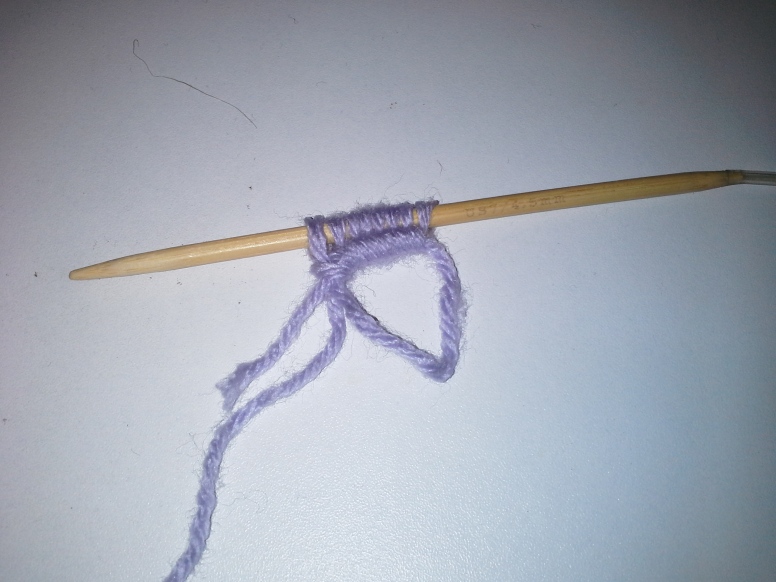
The picture above shows the sliding loop cast on. Here’s the Videos for the Sliding Loop Cast on and the Magic Loop Knitting Method:
Round 1: Join in a round being careful not to twist the stitches. * yarn over, Knit 1. Repeat from * around. (16 stitches in round,) mark the beginning of the round with a stitch marker and move this up every round.
Round 2 and all even number rounds: Knit.
This may look difficult but it really isn’t
Round 3: * yarn over, knit 2. Repeat from * around. (6 stitches on 1st needle; 12 stitches on 2nd needle; 6 stitch on 3rd needle).
Round 5: * yarn over, knit 3. Repeat from * around. (8 stitches on 1st needle; 16 stitches on 2nd needle; 8 stitches on 3rd needle).
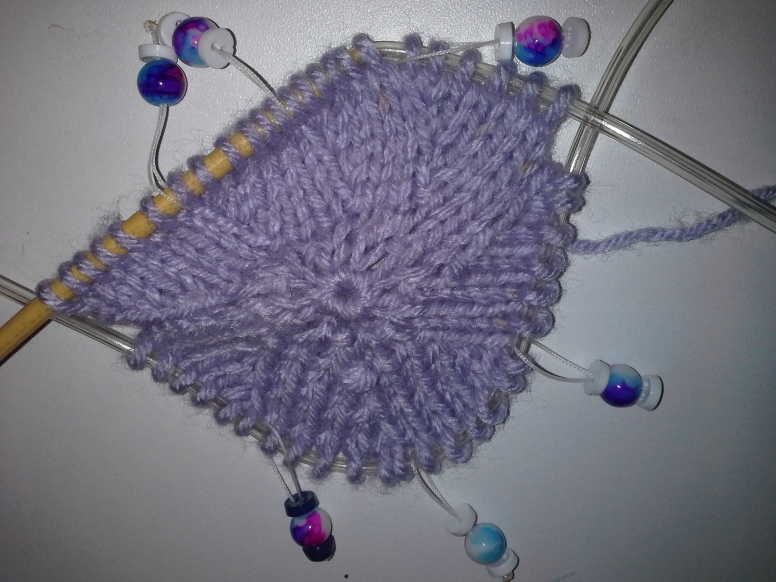
At this point place stitch markers after each section. The one with the blue buttons is after the first section and reminds me where the beginning of the round is. I made these stitch markers myself for just pennies compared to the more expensive store bought ones and they are so easy to make with these is at this link
Round 7: * yarn over, knit 4, place stitch marker. Repeat from * around. (10 stitches on 1st needle; 20 stitches on 2nd needle; 10 stitches on 3rd needle).
Round 9: * yarn over, knit 5, slip stitch marker. Repeat from * around. (12 stitches on 1st needle; 24 stitches on 2nd needle; 12 stitches on 3rd needle).
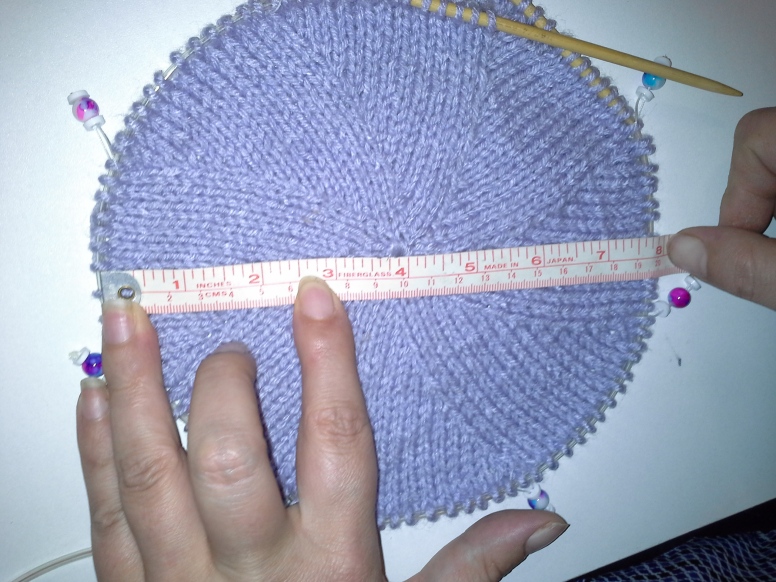
This picture is just to show where to measure the sweater. It is easier to take a picture of the process when the peice is smaller.
Change to circular needles when you need to (if you haven’t already.) Continue increasing in this manner until you have 12 stitches in each section ending in an even round.
Top of Flower Petals
We are going to start making the tops of the flower petals now. It may look complicated but I promise it is easier then you may think.
Round 27: (yarn over, knit 1, yarn over, knit 11, slip stitch marker) 8 times.
Round 29: * yarn over, knit 3, yarn over, knit 4 slip 1 stitch as if to knit, knit 2 together, pass slip stitch over the stitch you just made (from this point forward this stitch is written as: PSSO) , knit 4, slip stitch marker. Repeat from * around (112 stitches).
Here is a video on how to do the Knit 2 Togther:
Here is a video on how to do the PSSO:
Here is a video on how to slip a stitch.
Round 31: * yarn over, knit 5, yarn over, knit 3, slip 1 stitchas if to knit, knit 2 together, psso, knit 3, slip stitch marker. Repeat from * around.
Round 33: * yarn over, knit 7, yarn over, knit 2, slip 1 stitch as if to knit, knit 2 together, psso, knit 2, slip stitch marker. Repeat from * around. (136 stitches).
Round 35: * yarn over, knit 9, yarn over, knit 1; slip 1 stitch as if to knit, knit 2 together, psso, knit 1, slip stitch marker. Repeat from * around.
Round 37 : * yarn over, knit 11, yarn over, slip 1 stitch as if to knit, knit 2 together, psso, slip stitch marker. Repeat from * around.
Round 39: * yarn over, knit 13, yarn over, slip stitch marker. Repeat from * around.
Round 41: * yarn over, knit to stitch marker. Repeat from * around.
Round 42 and all even number rounds: Knit all the way around.

Continue repeating rounds 41 and 42 in pattern, increasing until you have the total of 16″ making sure to measure across center of the sweater. End with a increase or yarn over row.
Cast off for Sleeves
Next Round: knit the first set of stitches and the yarn over from the round before, place the second set of stitches on a holder or scrap yarn, cast on the same number of stitches using a provisional cast on (this will be the sleeve later). Continue knitting 4 more sets of stitches plus the yarn over from the previous round. Slip the next set stitches on a holder or scrap yarn. Cast on the same number of stitches using a provisional cast on. Here is the link for the Provisional Cast On Video. Or the entire video on the sleeve process.
Knit the last set of stitches and the yarn over from the previous round.
Continue in pattern, increasing until you have the 16″ total, making sure to measure across center of the sweater.
Continue to Edging
Edging
At this point you can remove the stitch markers except the first one to mark the beginning of the round.
This next part is called the Seed Stitch.
Round 1: * Purl 1, knit 1. Repeat from * around.
Round 2: * Knit 1, purl 1. Repeat from * around.
Work rounds 1 and 2, 3 times total.
Bind off in pattern. (Use stretchy Bind off)
Here is video on the best Stretchy Bind off Ever:
Sleeves:
Using 5mm (US 8) double pointed or circular needles. Place arm stitches from stitch holder onto needle. Pick up 1 stitch from underarm, place maker to mark the beginning of round, place other side of stitches from provisional cast on needles, pick up 1 stitch.
Round 1-13: K in round 13 rows.
Round 14: *K1, k2tog, k to 3 stitches before the end of round. ssk, k1. Repeat from * 4 more times.
Next Round: K in round 9 more rows.
Continue to Sleeve Edging.
Sleeve Edging
Round 1: * Purl 1, knit 1. Repeat from * around.
Round 2: * Purl 1, knit 1. Repeat from * around.
Work rounds 1 and 2, 3 times total. Bind off in pattern. (Use stretchy Bind off)
That it’s done! Hope you enjoy!

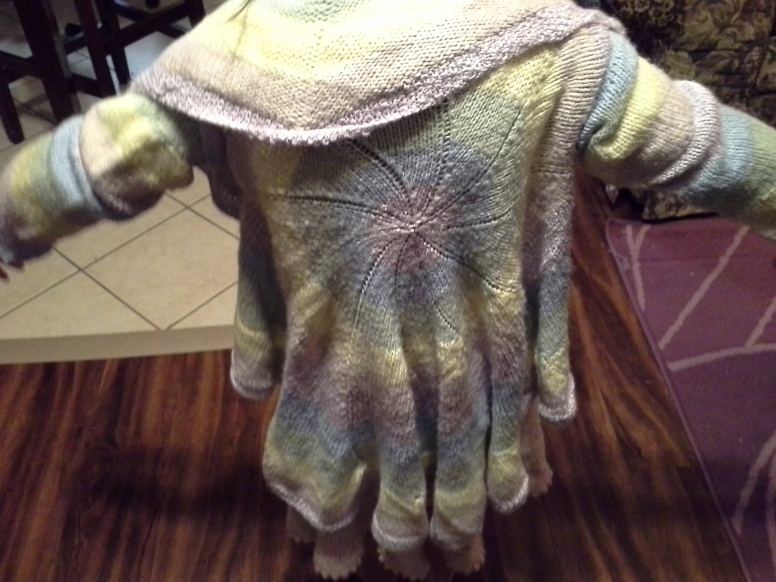
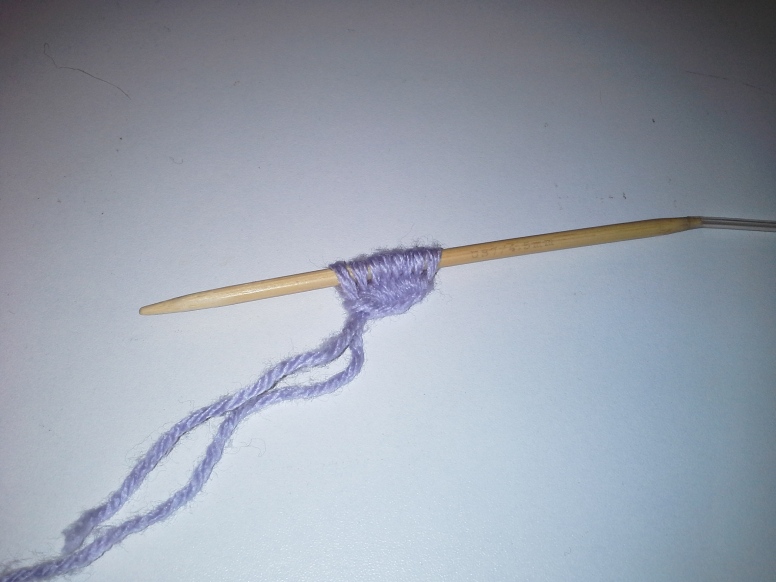
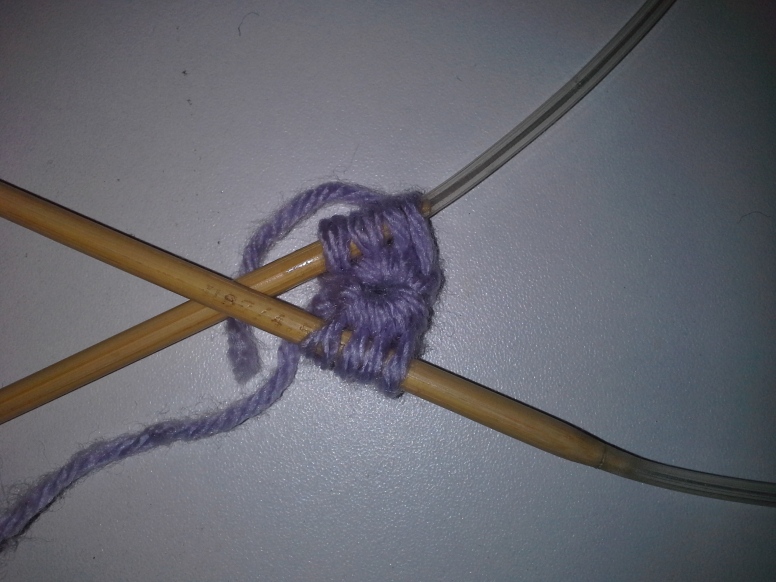
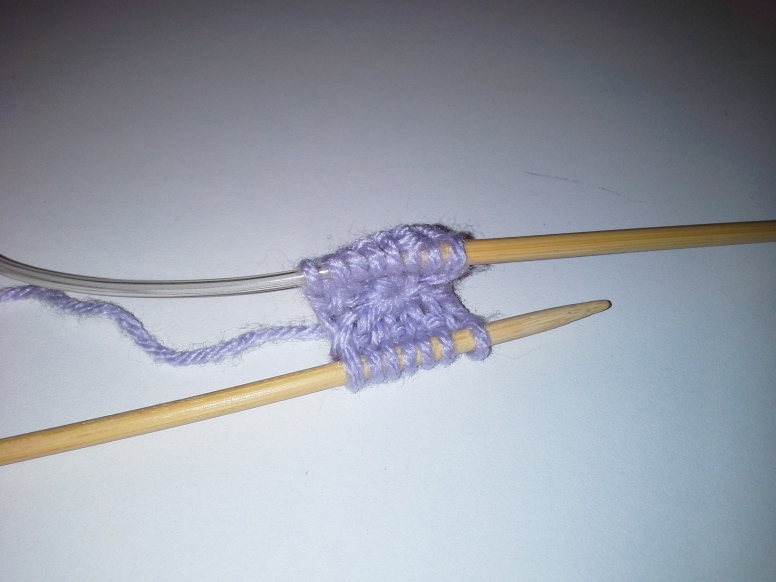

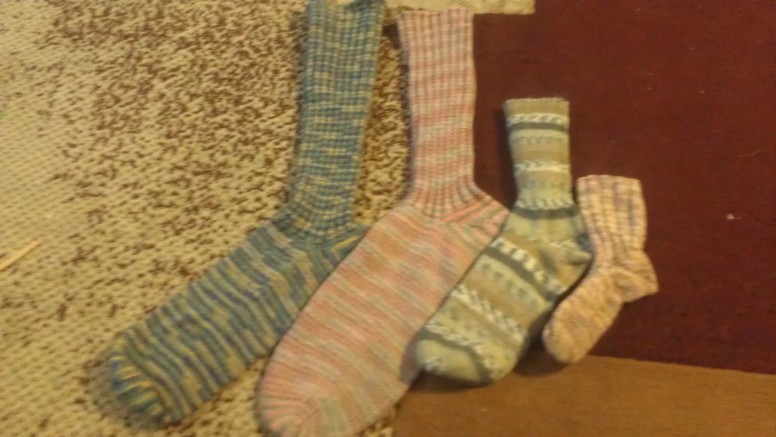
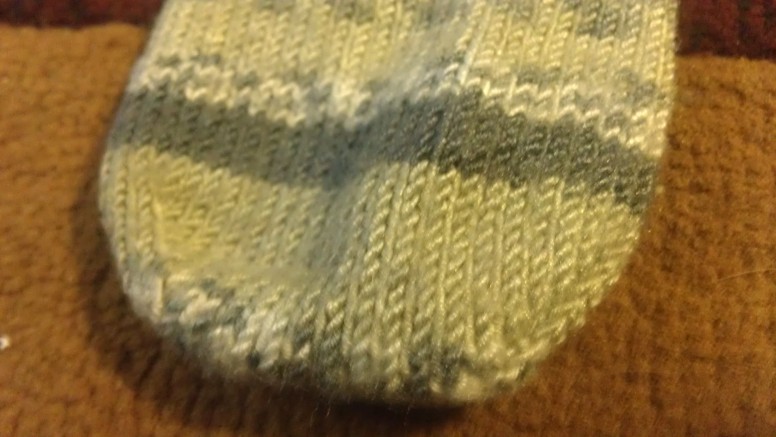
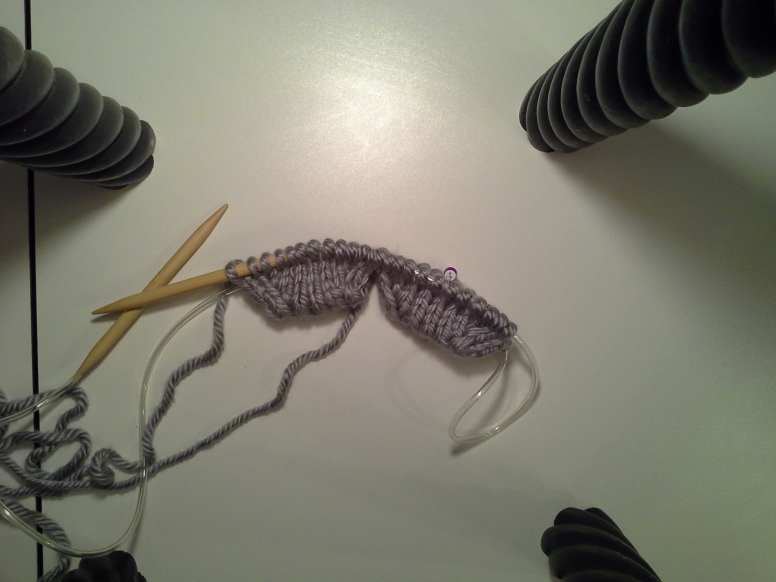

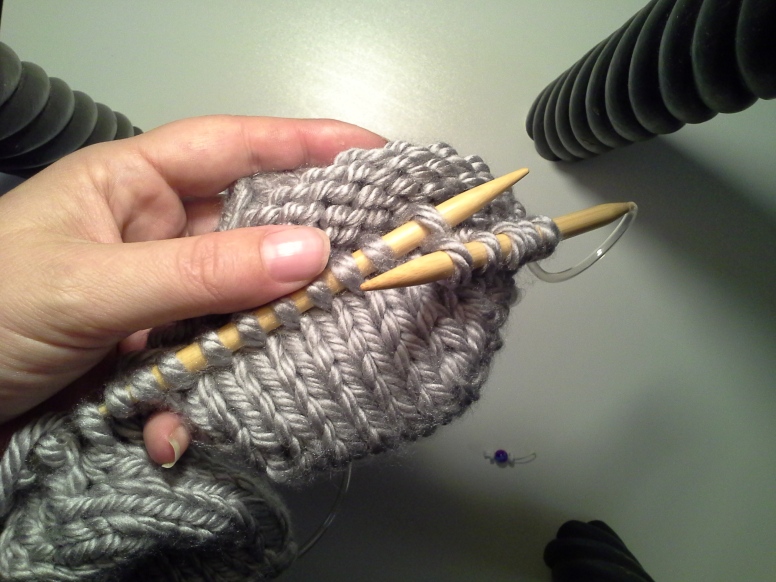
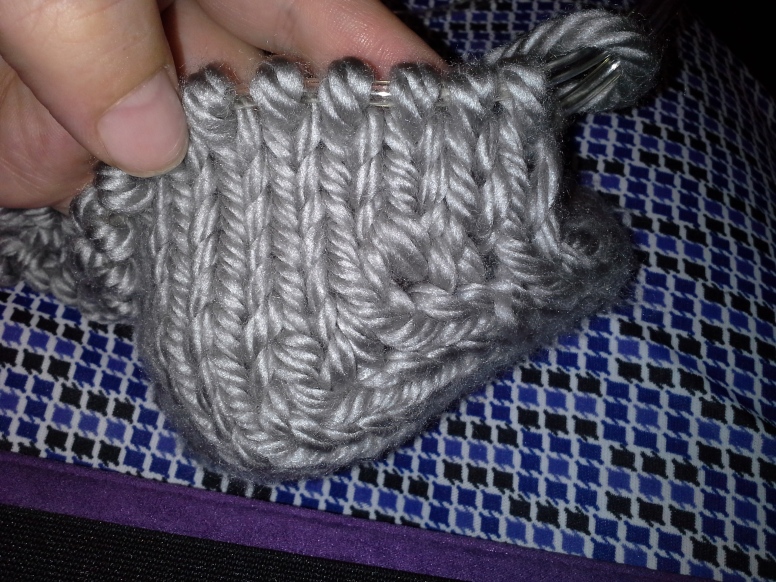
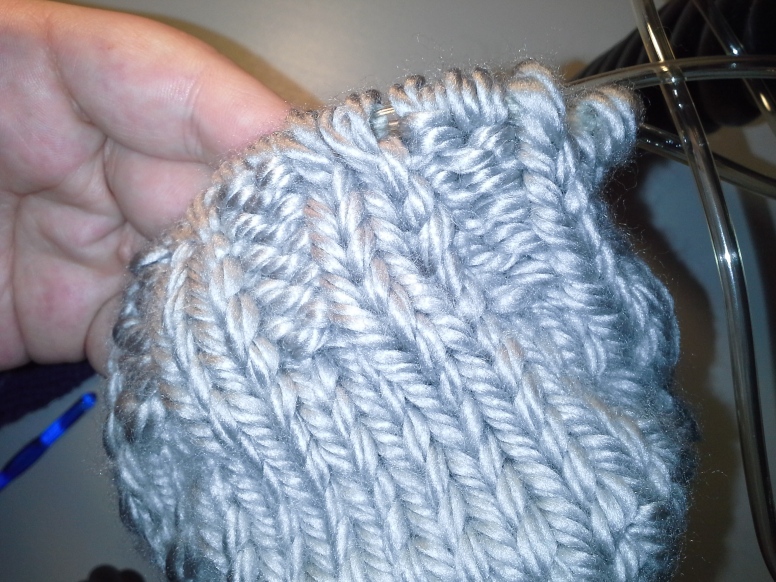
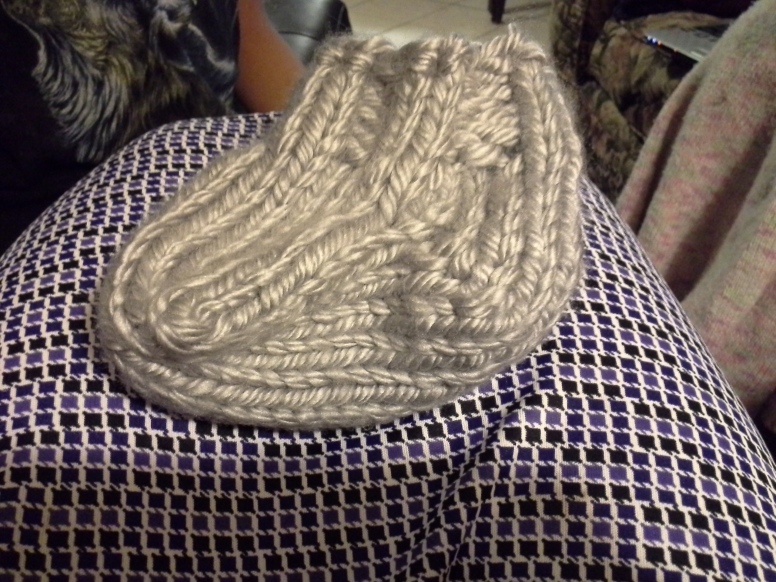
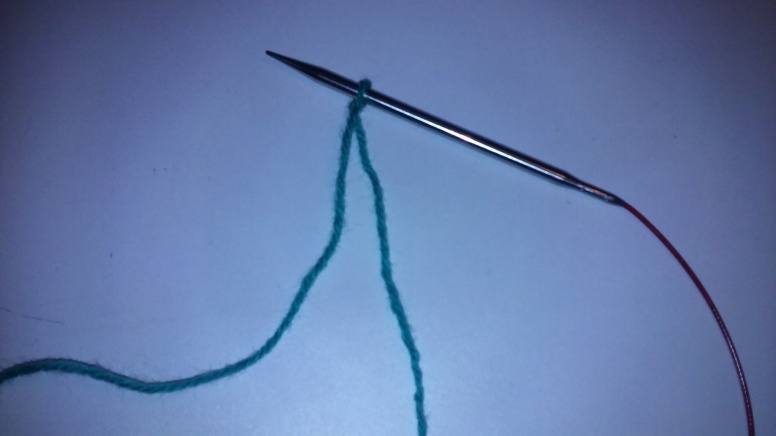
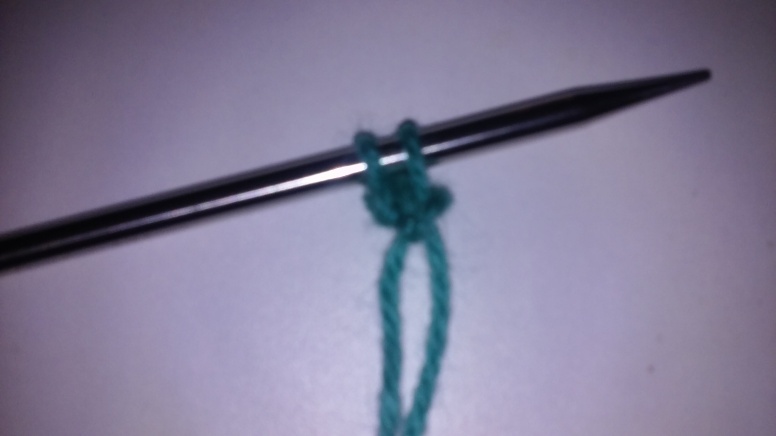
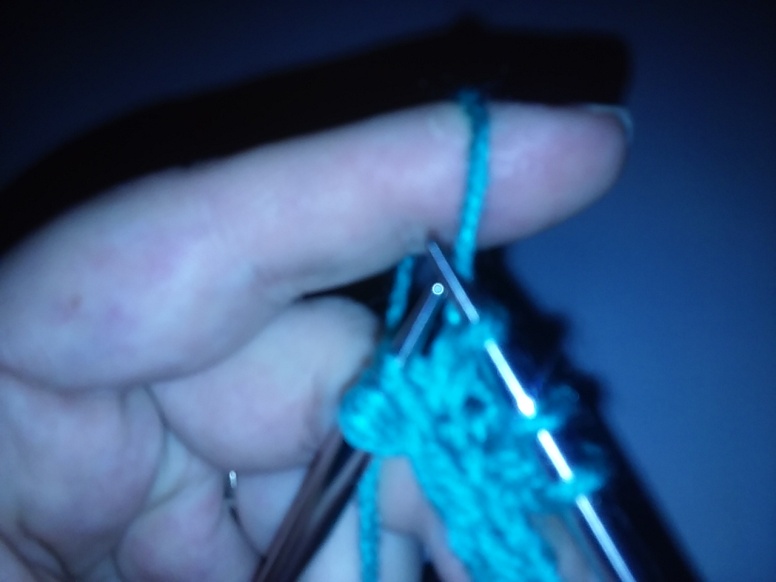
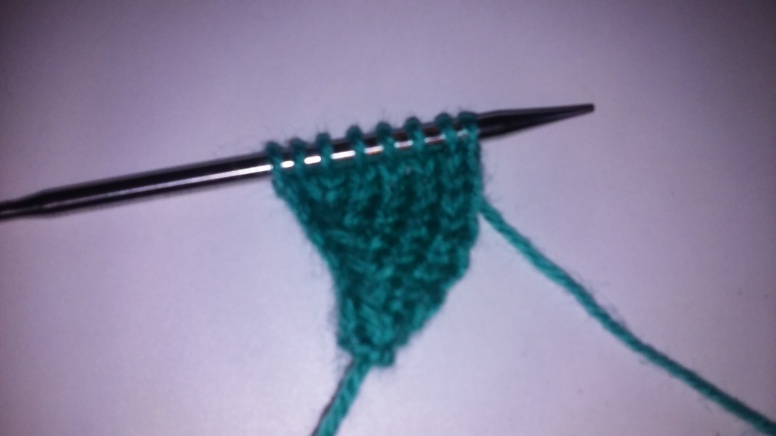
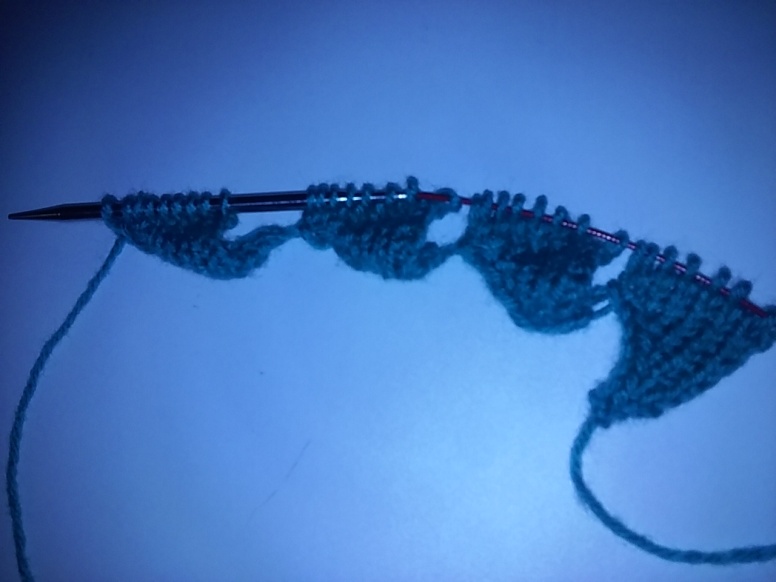
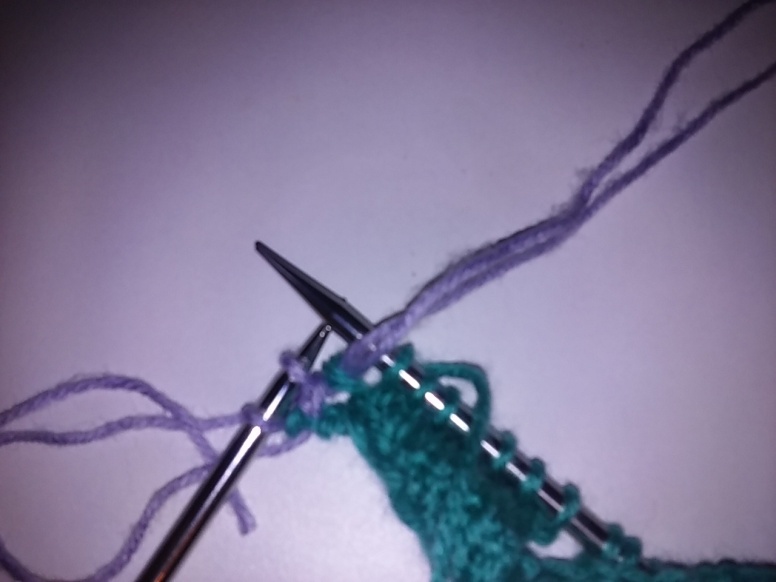
You must be logged in to post a comment.